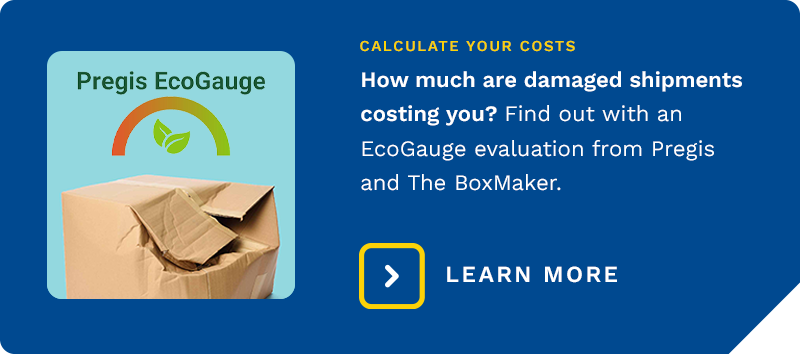Sustainable Roots: Corrugated Packaging and Recycling
Recycling has come a long way since its inception in the 1980s. The corrugated box was one of the first and easiest items to turn “trash” into usable materials, and that has evolved immensely in the last 40 years. We are in an era that supports local buying, whether it is your produce or your packaging. While supporting the “100% recycled material” market seems like a good choice on the outside, it isn't as clear as it appears. Let’s take a stroll down corrugated lane’s facts and stats.
Close to 30% of all of our solid waste as a nation comes from packaging. As consumers we make decisions each day as to which products we buy and why.
Corrugated material used to have a stigma attached to it—the vision of a forest being clear-cut to make boxes is a thing of the past. In today’s world, paper is created largely using crops rather than old growth trees. Now it is more accurate to visualize trees growing in rows in a field, similar to a field of corn, rather than tiny squirrels running for their lives as the chainsaw comes to cut down Bambi’s backyard. That being said corrugated is one of the best materials to use for packaging both on an environmental and economic level.

100% Post-Consumer Waste Corrugated: Not as Green as You Think
We are truly in an era where companies desire a “green” stamp of approval, but occasionally their efforts can backfire with unintended consequences. Let’s take a close look at 100% post-consumer waste (PCW) recycled boxes.
There is a strong argument that 100% PCW recycled content boxes actually create a larger carbon footprint than standard corrugated offered locally.
100% PCW corrugated often comes with a feel-good thumbs-up from a consumer level, but the total picture isn't as rosy. Creating paper from post-consumer waste is an extensive process and requires more fossil fuels and emits more greenhouse gas emissions than virgin fiber plants. Also, for the Northwest in particular, we must transport materials from distant locations which uses more fuel, energy, and emits more greenhouse gas emissions. To supply a manufacturer or distributor with 100% PCW material we need to truck in by rail car or semi-truck paper rolls from New Mexico or as far as the East Coast or Eastern Canada. The fossil fuels and emissions used raises questions about how earth-friendly this material is.

Standard Corrugated Materials: A Great Option
Standard corrugated materials now have a minimum of 35% recycled content nationwide in addition to the virgin fibers used. In the Northwest the average percentage is closer to 60%. This is not necessarily post-consumer waste though; it can be a combination of trim, waste, cut-off, returns, and/or scrap and the percentage will vary at each paper mill from run to run.
Sustainable Corrugated Materials from the Pacific Northwest
The suppliers that The BoxMaker partners with are making paper in the Northwest from Northwest and West coast pulp. We even have the ability to obtain 70-90% recycled corrugated that has been locally sourced and converted only in Oregon—just a few hundred miles from our facility. This is an eco-responsible solution for clients who desire a local source—it’s the farmer’s market of corrugated materials! When considering the environment and responsible buying, it is imperative to look at all the layers—not just the marketing label a 100% PCW can provide.